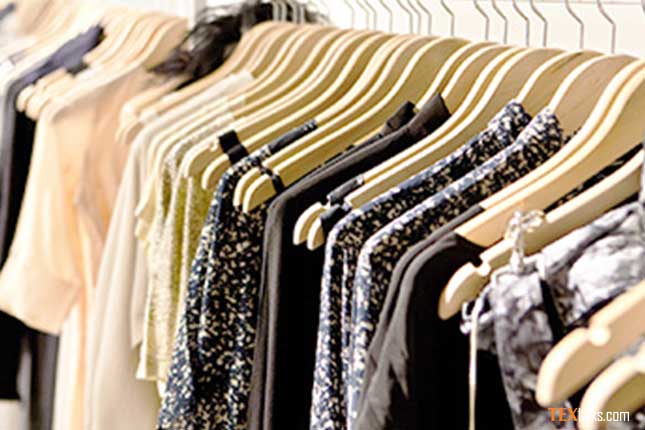As the EU’s textiles and clothing trade imbalance rose 48 percent to €70 billion, the union is worried about its textile and clothing trade passing €200 billion in 2022 for the first time. The major exporters of clothing to the EU are Bangladesh and China.
European Apparel and Textile Confederation has noted that EU textile imports rose 36.6 percent in value terms with a significant amount coming from China and Bangladesh outweighing positive export performance.
The European Apparel and Textile Confederation in its 2023 Spring Report warned that such a growing deficit is a cause for concern; the objective of the EU’s Industrial Strategy to strengthen our resilience and “strategic autonomy” is not happening. Instead, our dependency has increased, and becomes critical in certain raw materials and fibres.”
The trade body also pointed out that the figures undermine the Commission’s goal of promoting and prevailing high-quality, sustainable textile products in the Single Market, regardless of where they were produced. With imports reaching €140 billion, it will be difficult to effectively monitor their quality and compliance. It will be necessary to intensify market surveillance significantly without hindering trade.
The report also stressed that European Union must devote more effort to export performance. The Euratex report noted that EU companies are world leaders in high-end fashion products and technical textiles. The EU must support its activities in established markets as well as emerging economies. It suggested that the ongoing FTA negotiations with India should focus on improving market access and ensuring “fair” competition with local companies.
The report revealed that the value of EU textile exports has increased by 13 percent, but the volume has decreased by nearly 7 percent; reflecting extremely high inflation figures from the previous year, which were initially caused by rising energy costs and a shift in central bank policy. This resulted in consumer uncertainty, resulting in low demand and gloomy prospects for the entire value chain.
Dirk Vantyghem the DG of Euratex said, “This report confirms once again that textiles are one of the most globalised sectors of the European economy, and hence the importance of taking that global dimension into account when designing EU and national policies. Failing to do so may have a devastating effect on the global competitiveness of the European textile industry.”



